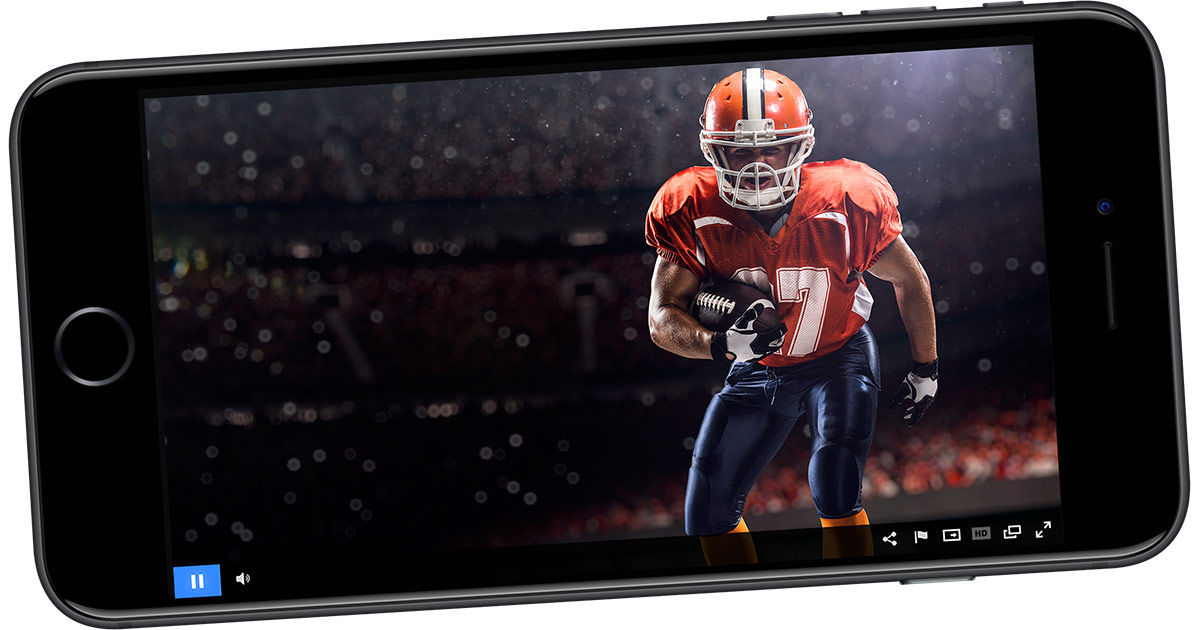
While the audience for the biggest football event of the year—111 million strong—was on par with previous broadcasts, the game itself posted its lowest ratings in the past three years. Coming off of a less-than-stellar regular season, which saw a 9 percent drop in ratings, it’s safe to say that viewers felt something was lacking.
One factor that might account for this dip is a lack of personalized content and opportunities for interactivity. Everyone saw the same game in the same way, and while that may have been the standard up until now, artificial intelligence is raising the bar.
IBM Watson is no stranger to the sports world. Just this year Watson did sports highlights analysis and assembled highlight reels for the Master’s Tournament. It also predicted match outcomes during Wimbledon. And had Watson had a hand in the biggest football game of the year, FOX may have been able to deliver a more engaging broadcast for viewers—and even been alerted to lulls in audience attention to counteract them in real time. Artificial intelligence has the power to change the live broadcasting game. Here’s a closer look at what the NFL’s big game might have looked like with Watson in play.
Related to these AI advancements, be sure to read our Outsmart your Video Competition with Watson white paper on how Watson will be used to unlock deep insights from untapped video content you’re generating.

